SUMMARY
This is AI generated summarization, which may have errors. For context, always refer to the full article.
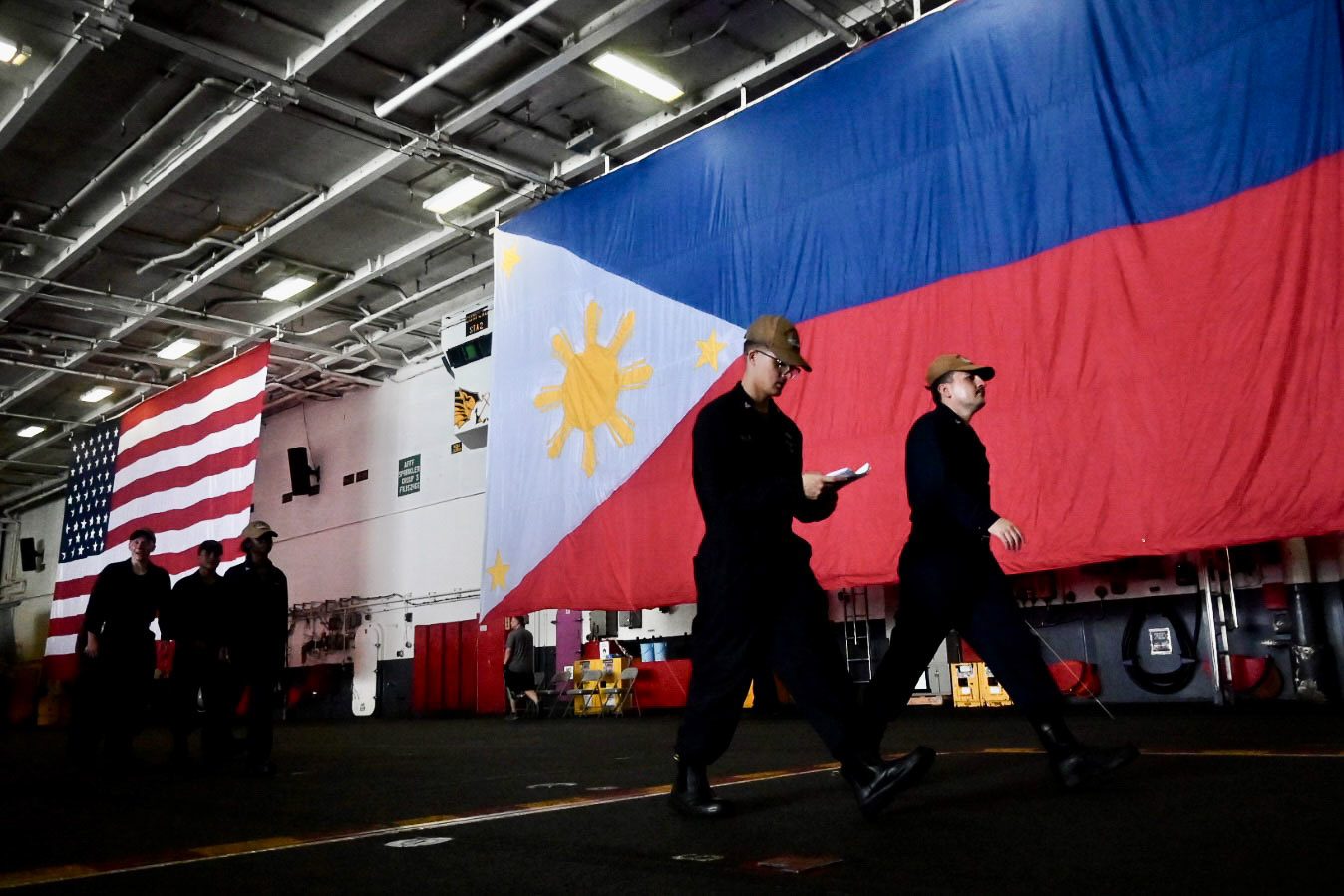
MANILA, Philippines – The Philippines and United States’ recent announcement that American forces will gain wider access to strategic security sites in the Southeast Asian country comes after months of negotiations that picked up steam under a new Marcos administration in Manila.
The decision – only the latest in a concerted effort by both countries to fortify ties – now paves the way for the largest US military footprint in the Philippines since 1991, when street protests and a vote by Philippine lawmakers terminated an agreement that allowed the US to hold some of its largest overseas bases in the country.
The breakthrough was long in the making. Officials from both countries first broached the idea of expanding Enhanced Defense Cooperation Agreement (EDCA) sites during the Duterte administration, though prospects of a deal remained distant with ties strained under former president Rodrigo Duterte.
From declaring an economic and military “split” from Washington early in his term, Duterte repeatedly voiced his disdain for the US and threatened to terminate several of the Philippines’ military agreements with its long-time ally. But under President Ferdinand Marcos Jr., the treaty partners have rekindled ties, with both sides placing increasing strategic importance on the alliance.
The Philippine leader had declared this on several occasions, saying that the Philippines’ future, along with the Asia Pacific, “will always have to involve the United States, simply because those partnerships are so strong and so historically embedded in our common psyches.”
For Greg Poling, director of the Asia Maritime Transparency Initiative at the Center for Strategic and International Studies in Washington, granting US forces access to four more key military sites was the latest sign that Manila and Washington were not only restoring ties, but entering a “new era” in their relationship.
“Over the last year we’ve seen both sides coalesce around this idea that the alliance does remain vital for both sides, but particularly for Philippine national security interest,” Poling told Rappler.
Once implemented, the two allies’ decision to expand their EDCA will see the US military able to access nine local military bases in the country, maintain a rotational presence of troops, train with Filipino soldiers, and preposition defense assets.
“This is an opportunity to increase our effectiveness, increase interoperability,” US Defense Secretary Lloyd Austin III said. “It is not about permanent basing, but it is a big deal, it’s really a big deal.”
Yet while the expansion of EDCA held the promise of not only a stronger military posture for the Philippines and the US, both countries now face the steeper task of delivering substance to their commitments.

Eye on China
Among the most immediate challenges both countries will need to hurdle include finalizing details on the four new locations to be covered by EDCA.
Officials have yet to announce details on where the new EDCA sites would be located, though analysts believe that additional locations will seek to address, at least in part, China’s aggressive actions in the region, as well as gaps in the Philippine military’s modernization.
Philippine officials earlier identified military bases in Cagayan, Isabela, Palawan, and Zambales as possible new EDCA sites – areas that when finalized, would offer greater US access to the West Philippine Sea and Taiwan.
Diplomatic and defense insiders Rappler spoke with said an announcement on new locations may be expected in the coming weeks, with both sides targeting to finalize the necessary paperwork and government reviews before a defense and foreign affairs “2+2” ministerial meeting eyed in either late March or April.
For now, though, Philippine officials continue to work with local governments.
While Marcos approved the deal, it got some pushback from local officials. In an interview with TeleRadyo on Monday, February 6, Cagayan Governor Manuel Mamba opposed the idea of hosting US troops in his community, fearing it would invite conflict.
Cagayan, which sits on the northernmost part of the Luzon landmass, would be strategic for Philippine and US troops in any Taiwan contingency with the coastal province offering rear area support, as well as aid in surveillance and the prepositioning of equipment.
“Anything foreign forces is not welcome here,” Mamba said in Filipino, adding that his province had maintained “good relations” with China. “I am neither pro-China, nor pro-America. I am pro-Cagayan,” he said.
Defense Secretary Carlito Galvez Jr. earlier said coordination with local government units (LGUs) was ongoing as he urged local officials to consider the economic growth EDCA sites would generate.
“It is our fervent hope that our LGUs will also realize that the EDCA is not just about security,” Galvez said.
Funding EDCA
Exactly when additional EDCA sites will be up and running was likewise a question of how much, and how fast the US was willing to allocate for the construction of new facilities.
Under the deal, the Philippines is charged with offering locations while the US is responsible for funding the construction and operation of such sites.
The US recently announced that over $82 million (P4.4 billion) had been earmarked to complete a roster of 21 projects in the first five original EDCA sites in Antonio Bautista Air Base in Palawan; Basa Air Base in Pampanga; Fort Magsaysay in Nueva Ecija; Lumbia Air Base in Cagayan de Oro; and Mactan-Benito Ebuen Air Base in Cebu.
Full funding of the sites, though, came nearly nine years after the deal was signed in 2014.
On the part of the Philippines, defense officials will also have to deal with right-of-way issues which had set back the construction of facilities under the deal.
“The biggest concern is going to be the politics. The projects at three of the original five sites were all slowed down by disagreements with other agencies within the Philippine bureaucracy and with local government units,” Poling said. “Making sure that those political issues are settled is going to be key.”
‘More equal alliance’
Beyond China, analysts said expanding EDCA signaled that Manila and Washington were keen on addressing sentiments shared by both countries that their alliance needs to modernize.
While the military deal offers a security blanket for the Philippines, as well as support for the two countries “shared goal” of improving interoperability between their forces, it also aimed to address gaps in the Armed Forces of the Philippines’ (AFP) capabilities and modernization efforts.
“Everything about EDCA is meant to do two things at once,” Poling said. “It’s supposed to bring in US funds, US construction, US assistance to modernize the AFP which is a long-term process. And in the meantime, those US forces can provide capabilities that are still being developed within the AFP.”

Although viable for the short-term, the fortification of strategic sites in the Philippines by US forces should be matched by a robust effort from defense officials to address the country’s slow modernization program.
Military analyst and historian Jose Custodio warned that should the Philippine government neglect this, all it would continue to offer in the future was “nothing but real estate.”
“As long as reforms are not pursued, we’ll be left to tokenism,” said Custodio, who is a fellow at the Consortium of Indo-Pacific Researchers. “There is still more the Philippines could do. It’s not yet pulling its weight.”
Alongside strengthening its own defenses, modernizing the Philippine military would also allow Manila to further pull its weight in what has become “a more equal alliance.”
“A more equal alliance has to be reciprocal. It cannot just be American obligations to the Philippines,” Poling said. This includes sharing risks, he added, as the implementation of EDCA would allow both countries to make good on the Mutual Defense Treaty, which saw both sides commit to defend one another in case of an armed attack, including in the South China Sea.
The position was one echoed by Austin in the Philippine military’s headquarters, where he asserted that with EDCA, the two countries “remain committed to strengthening our mutual capacities to resist armed attack”
“This is part of our effort to modernize our alliance and these efforts are especially important as the People’s Republic of China continues to advance its illegitimate claims in the West Philippine Sea,” he said.
Colonial legacy
While much emphasis has been placed on what new EDCA sites would offer when combating China’s growing aggression in the region, majority of the nine sites still focus on what the deal set out to address at the onset: maritime security, humanitarian assistance, and disaster relief operations, among others.
“The message is we are aware that Taiwan is a future crisis and we are prepared to explore cooperation but eight of these nine facilities are going to be focused on the established joint priorities of disaster relief, the West Philippine Sea, and counter-terror,” Poling said.
Other analysts noted that providing equal attention to these areas would be of interest to the US if it were to avoid reviving images of its colonial legacy which remained most potent in its security presence in the country.

In announcing the expansion of American troops’ presence in the Philippines, both Philippine and US officials were conscious of the historical baggage American forces carried. Galvez and Austin both stressed that the expansion of EDCA would not see a return of US bases in the country.
Jose Cuisia, who served as Manila’s ambassador to Washington when EDCA was being negotiated, said that rather than China serving as a motivating factor for the military deal, “at that time, it was really disaster relief and recovery, humanitarian assistance that was the emphasis.”
For one, Super Typhoon Yolanda had just battered the Philippines in 2013, a year before the deal was signed. At the time, another military deal, the Visiting Forces Agreement, allowed for some 13,000 military personnel, 66 aircraft, and 12 naval vessels to deliver more than 2,500 tons of relief supplies and evacuate over 21,000 people in storm-ravaged areas.
A deal like EDCA then would make responding to any climate-related disaster swifter with prepositioned assets and training between US and Philippine forces in place.
Balancing act
But practicalities aside, Cuisia also said that a conscious effort to keep focus on issues other than China was necessary to see the deal through. “There were vocal voices against it. We didn’t want to emphasize that,” he said.
Cuisia continued: “Not even the US would like to see that situation deteriorate into conflict. But the fact they are there gives us some assurance that should that happen, we have the US right there – we don’t have to fly them from Guam or Japan.”
Nearly a decade later, Philippine officials continue to balance similar political interests. While US officials have been vocal about Washington’s intentions to compete with China, most countries in the region, including the Philippines, seek to avoid taking sides in the rivalry of the Superpowers.
Marcos himself said as much as he declared that his administration would uphold a position where it is “friends to all, enemies to none.”
“We need to keep in mind that the alliance is not the ‘be all and end all’ of Philippine foreign policy…. The Philippines deems China to be an important partner as well,” said Julio Amador III, interim president of the Foundation for National Interest.
On this front, the Philippines’ attempt to strike a balance was partly a factor in the decision to hold off on naming new EDCA sites. Just a month ago, Marcos had traveled to China for a state visit, his first outside Southeast Asia. The trip saw Marcos meet with senior Chinese leaders, including Chinese President Xi Jinping.
For the US, the announcement on EDCA also took place right before US State Secretary Antony Blinken was scheduled to fly to China for a visit, though it had since been called off after a Chinese surveillance balloon was found hovering above key US states.
The New York Times reported that the timing of the announcement “could be interpreted by Chinese leaders as a signal that the main US policy priority in the region is working with allies and partners to rein in China, rather than stabilizing relations with Beijing.”
Herman Kraft, a political science professor at the University of the Philippines, said the implementation of the EDCA after years of talks “has no doubt raised the estimation of the Philippines as a treaty ally from the perspective of the United States.”
“The Marcos administration and those that follow it would have to do some nimble diplomacy in trying to keeping friendly relations with China while being a good ally to the US,” said Kraft.

Still crucial
For all its challenges, the expansion and implementation of EDCA makes up for time lost during the Duterte years.
While Duterte had tested ties between the longtime allies and “made us finally recognize the fragility of the alliance…. it effectively wasted five years,” Poling said.
In that time, China has managed to advance its position in the West Philippine Sea, where its patrols have established an almost daily presence in Philippine waters.
At a protest outside the Philippine military’s headquarters in Camp General Emilio Aguinaldo in Quezon City last February 2, activists called for the government to junk EDCA, arguing that it increased the likelihood of war in the region.
In 2016, in deciding to uphold the constitutionality of EDCA, the Philippine Supreme Court said that “there is no basis to invalidate EDCA on fears that it increases the threat to the country.”
“If anything, EDCA increases the likelihood that, in an event requiring a defensive response, the Philippines will be prepared alongside the US to defend its islands and insure its territorial integrity,” the Court said.
“In order to keep the peace in its archipelago in this region of the world, and to sustain itself at the same time against the destructive forces of nature, the Philippines will need friends. Who they are and what form the friendship will take are for the President to decide,” it added.
A diplomatic source put it more bluntly: “Do we really think that with or without these sites, the Philippines won’t be involved in a contingency in the region?” – Rappler.com
Add a comment
How does this make you feel?
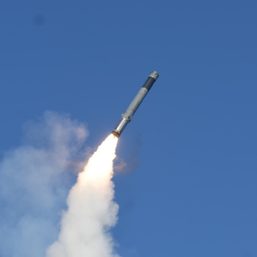

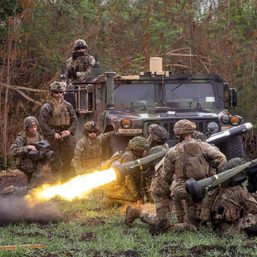
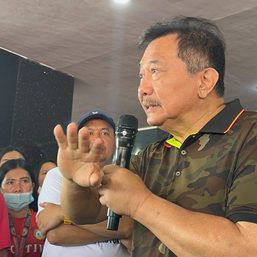
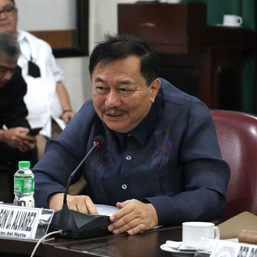
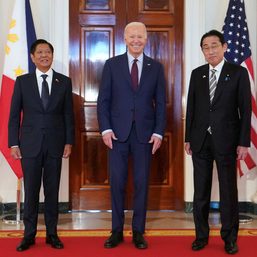
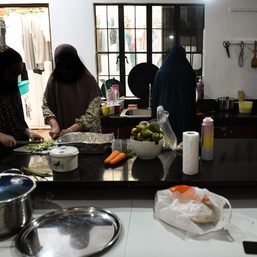
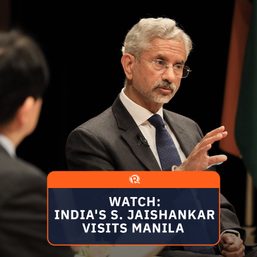
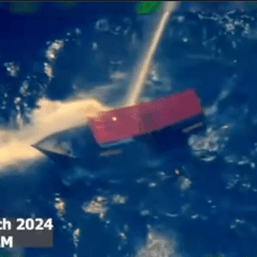
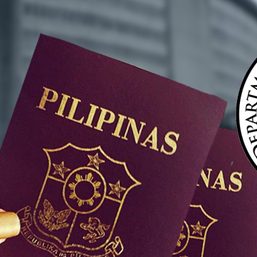
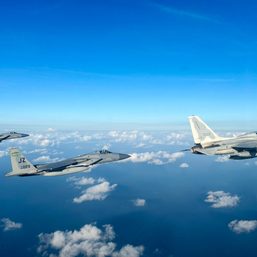
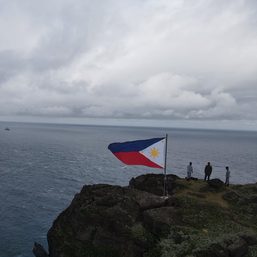
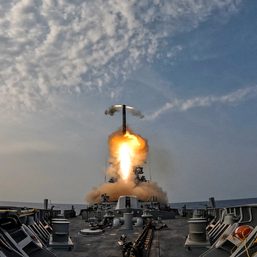
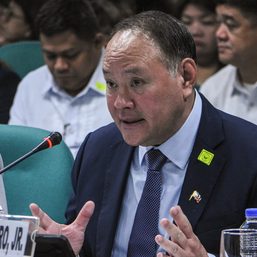
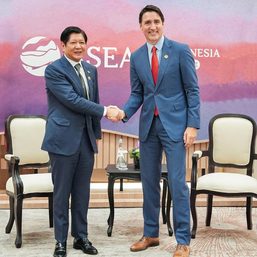

![[EDITORIAL] Paano tayo makakapuwing sa Tsina sa West Philippine Sea?](https://www.rappler.com/tachyon/2023/10/animated-wps-october-2023-carousel.jpg?resize=257%2C257&crop_strategy=attention)
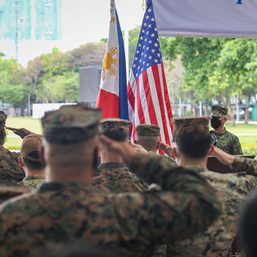
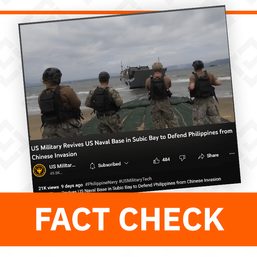
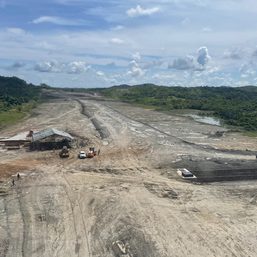
![[In This Economy] Is the Philippines quietly getting richer?](https://www.rappler.com/tachyon/2024/04/20240426-Philippines-quietly-getting-richer.jpg?resize=257%2C257&crop=194px%2C0px%2C720px%2C720px)
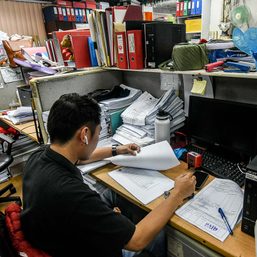
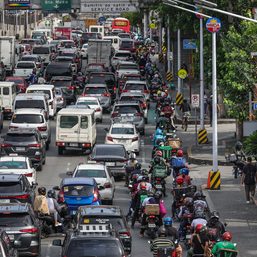
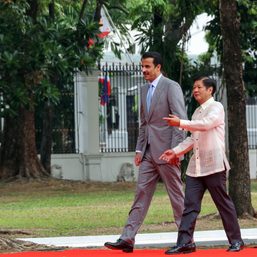
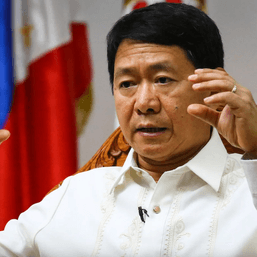
There are no comments yet. Add your comment to start the conversation.